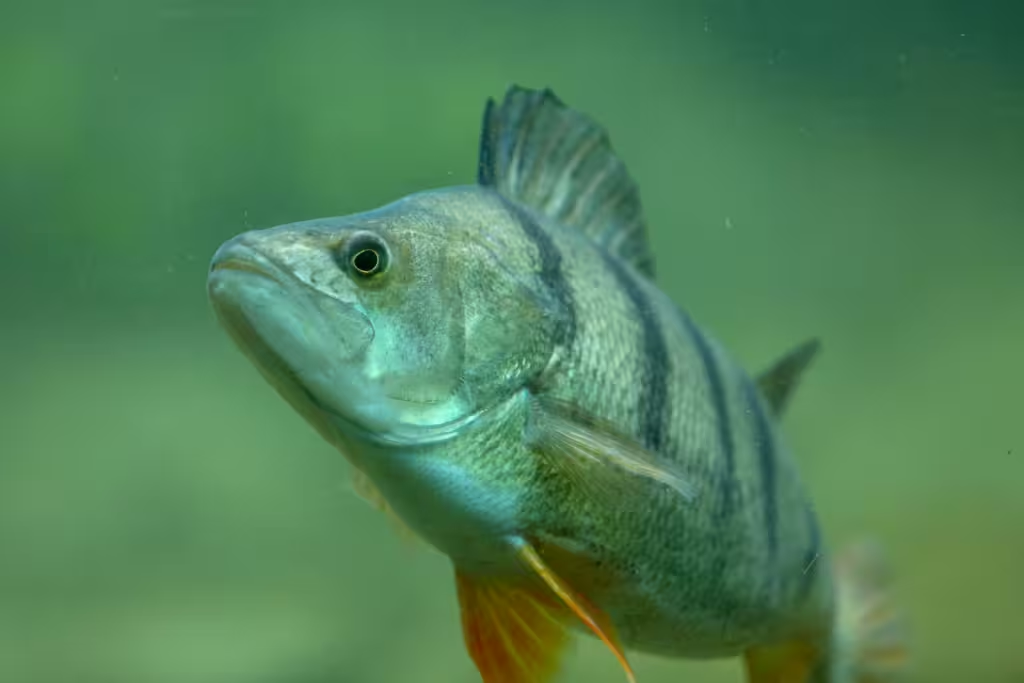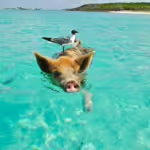In the past, we’ve spoken about the environmental impact that terrestrial invasive species have on an ecosystem. We have also touched on ways that invasive plants can affect the lives of all living things within a given region, but we have yet to discuss ways in which aquatic species adversely affect endemic species.
Believe it or not, even the largest freshwater and marine ecosystems are just as sensitive to the arrival of uninvited animal guests as the vast majority of terrestrial ones. These underwater environments are more delicate than one might surmise, and though they are often chock-full of a wide array of plants and animals, the introduction of strange, novel species can greatly upset the ecological balance in unforeseen ways.
Moreover, by virtue of their close proximity to human and terrestrial ecosystems, underwater habitats and the plants and animals that dwell there are vital to the health of ourselves, our animal neighbors, and the planet as a whole. Nevertheless, these systems face a silent threat in the form of invasive aquatic species, many of which are introduced quite by accident, though some are brought in with a deliberate, albeit misguided, purpose in mind.
In this article, we will discuss a number of the most offensive invasive species throughout modern history. We will examine how these non-native organisms disrupt food chains, degrade water quality, and crowd out endemic species in a myriad of destructive ways. So, without further ado, let’s just dive in.
How Aquatic Species Can Be Invasive
When we talk about invasive aquatic species, we aren’t just discussing fish. Any non-native organism—be it animal, vegetable, or microbial—that is introduced to a body of water can cause harm to the local environment. These invasive interlopers can also affect the local economy and the public health in ways that people rarely anticipate. One of the biggest issues posed by invasive species has to do with the fact that they often have no natural predators in their new habitats, which allows them to reproduce rapidly and outcompete native organisms at every turn.
Some ways that invasive aquatic beings are mistakenly introduced include:
- Released through ballast water discharge from ships.
- People who have home aquariums or aquatic pets often end up unable to care for them and release them “into the wild” by putting them in waterways near their home; unaware that they have likely caused an issue for the local wildlife.
- Critters that escape from aquaculture farms can often make their way into local habitats.
- Live bait is often tossed into waterways when the fishing is done.
- Intentional stocking or landscaping are common practices that can disrupt the natural ecosystem.
Once those species have become established in new waterways, they are often notoriously difficult to remove. In fact, the most egregious cases have proven to require intensive, long-term management strategies…many of which haven’t even worked particularly well.
Invasive Examples
Below, we will explore a handful of species whose introduction has had long-lasting, negative effects on their new aquatic homes.
Zebra Mussel (Dreissena polymorpha)
Native to: Black and Caspian Seas
Invaded regions: North America, Western Europe
Zebra mussels are exactly as they are described; tiny little clam-shaped horses. We jest, of course, because the truth is, these small, striped freshwater bivalves are quite innocuous; so innocuous, in fact that the people of the 1980s would probably not have considered them to be anything more than a quaint curiosity. They were first introduced to North American waterways in the aforementioned 1980s via ballast water from ships. Despite their size and relative immobility, they’ve become one of the most damaging aquatic invaders on the entire continent.
The reason the mussels are so problematic is that they often attach themselves hard surfaces in massive numbers, clogging water intake pipes, boat hulls, and hydroelectric facilities. They also represent more bivalve mouths to feed, outcompete native mussel species for space and nutrients at every turn. Finally, while their filter-feeding behavior increases water clarity, it allows sunlight to penetrate deeper, stimulating excessive algae growth and changing the food web on a micro level.
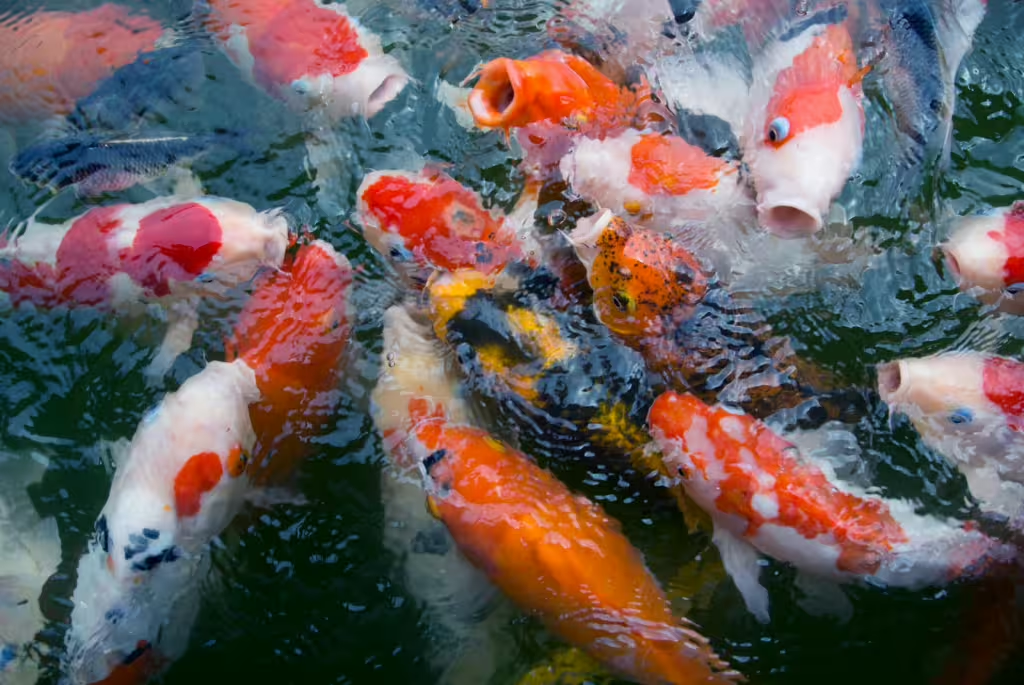
Lionfish (Pterois volitans and Pterois miles)
Native to: Indo-Pacific region
Invaded regions: Western Atlantic Ocean, Gulf of Mexico, Caribbean Sea
Lionfish are an iconic species that possesses ornate fins and venomous spines. This makes them very popular in home aquariums. Unfortunately, not everyone is equipped to take care of these temperamental, tough to handle fish and their accidental release into Atlantic waters has led to explosive population growth in recent years that has caused ecological chaos. These voracious predators consume large amounts of reef fish and crustaceons, but of which are vital to reef health. Parrotfish are particularly in danger from these predators and those fish help keep reefs free from algae. Also, due to their venomous spines, lionfish have few natural predators in the Atlantic. Currently, the best method for getting rid of them lies in organized culling, spearfishing derbies, and encouraging people to dine on the invasive little suckers; sans spines, of course.
Water Hyacinth (Eichhornia crassipes)
Native to: Amazon Basin
Invaded regions: Southeast Asia, Africa, North America, and beyond
Aquatic plants can be just as invasive as aquatic animals, as it turns out. The water hyacinth, a beautiful floating aquatic plant with stunning purple flowers is widely considered one of the worst aquatic weeds on the planet. This is because, beautiful as they might be, these water plants grow like wildfire, forming thick mats on lakes and rivers that block sunlight and oxygen exchange. The water below often becomes anoxic, which can kill neighboring animal life. For human populations, the thick water weeds can interfere with fishing, boating, and in some cases, even industrial hydroelectric operations. There is also an increased risk of disease among humans, as the stagnant water around water hyacinth is perfect for breeding mosquitos.
Asian Carp (Bighead, Silver, Grass, and Black Carp)
Native to: East Asia
Invaded regions: U.S. Mississippi River Basin and tributaries
The Asian carp, which comes in a wide variety of subspecies, was originally imported to the U.S. in the 1970s for a purpose. This fish was meant to control algae and improve water quality in aquaculture, but unfortunately, it escaped into the wild. Since then the Asian carp has gained a foothold in the Mississippi River ecosystem, overwhelming the habitat and natural wildlife in a number of ways. These fish are voracious, consuming vast amounts of plankton that endemic species rely on for survival. Even now, the carp threatens to spread into the Great Lakes region, where they could devastate commercial and recreational fishing industries, not to mention the native inhabitants of the ecosystem. Currently, a host of multi-million-dollar efforts are underway to keep the Asian carp out of sensitive areas. This is accomplished through electric barriers, netting, and fishing incentives.
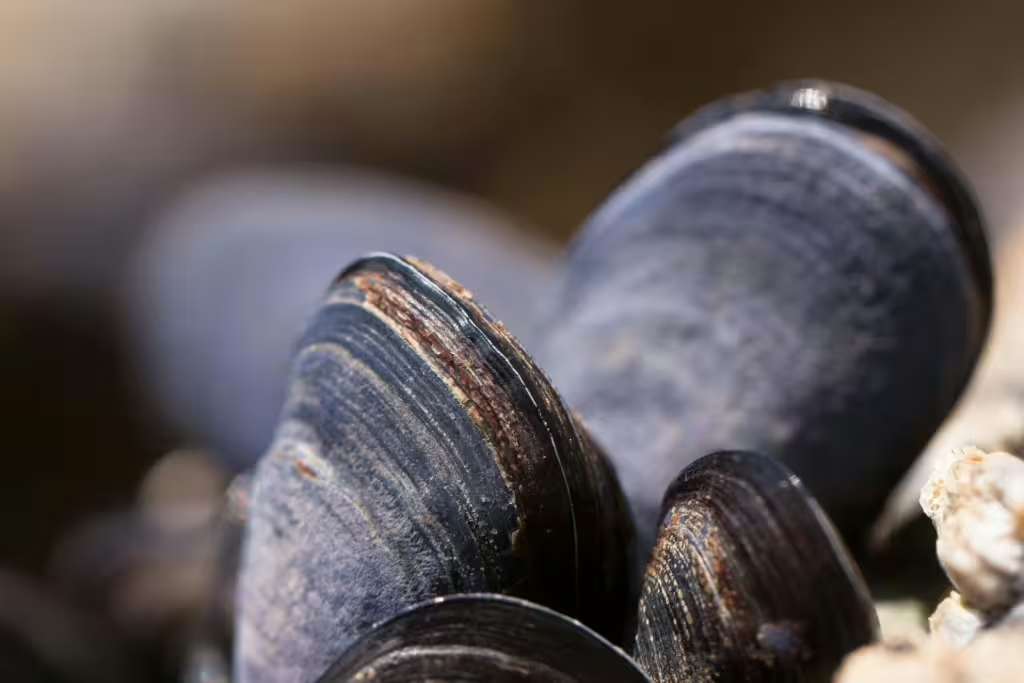
What You, As An Individual, Can Do
Remember, you don’t have to be a scientist or an environmentalist to help protect aquatic ecosystems. Everyday choices and everyday people still matter. For instance, you can:
- Never release pets or plants into the wild
- Inspect and clean boats, kayaks, and gear
- Report sightings of unusual aquatic species to local authorities
- Support conservation organizations working to restore native habitats
- Teach children about the value of biodiversity and responsible recreation
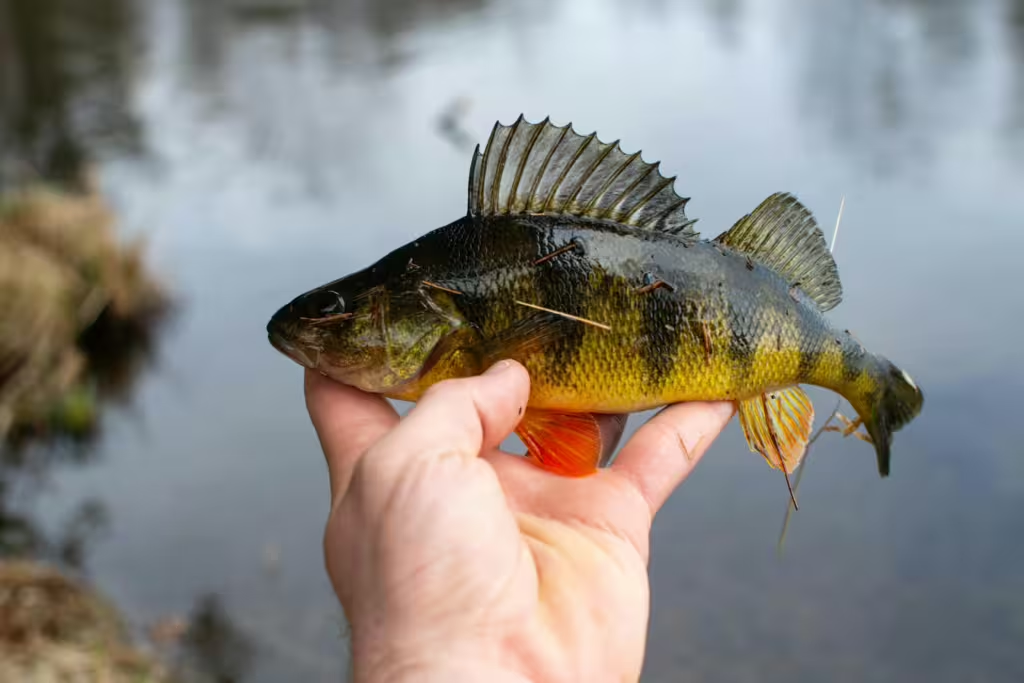
True Investigator Says…
As you can see, despite their ability to quite literally swim under the radar, invasive aquatic species remain a growing global problem. The increased globalization of our society means that the accidental transference of aquatic plants, animals, and microorganisms is likely to become more frequent. Whether mussels, algae, or aggressive piscine predators, these species alter ecosystems in profound, often permanent ways.
Still, there are people out there making a difference; potentially even yourself! Public awareness, smarter policy, and improved ecological understanding are all helping to prevent future invasions and manage existing ones in the most humane and effective ways possible. Remember, so long as we do what we can to protect our waterways, our planet’s future is secure.
Discover more from TrueInvestigator
Subscribe to get the latest posts sent to your email.
